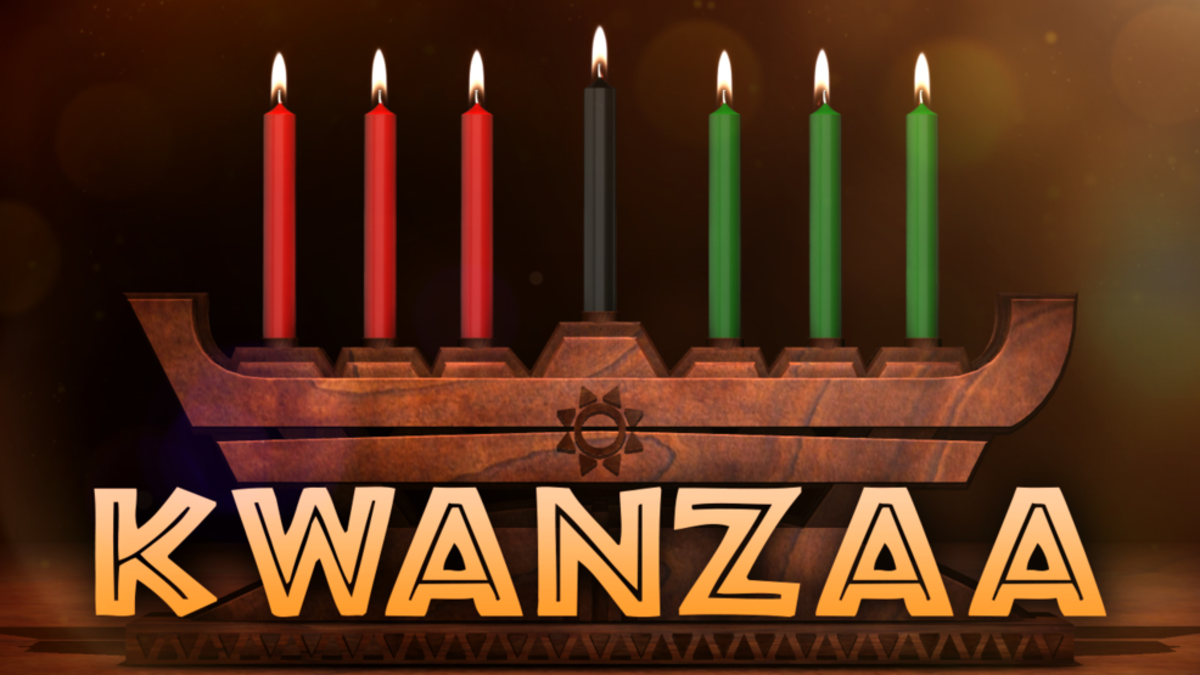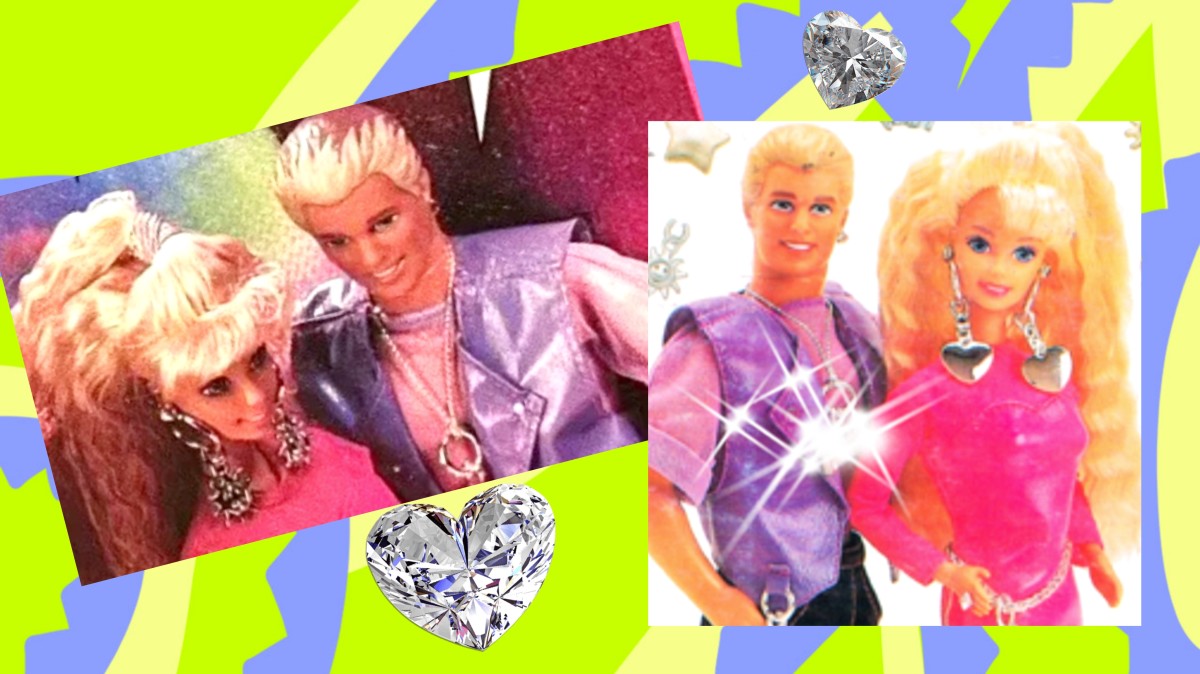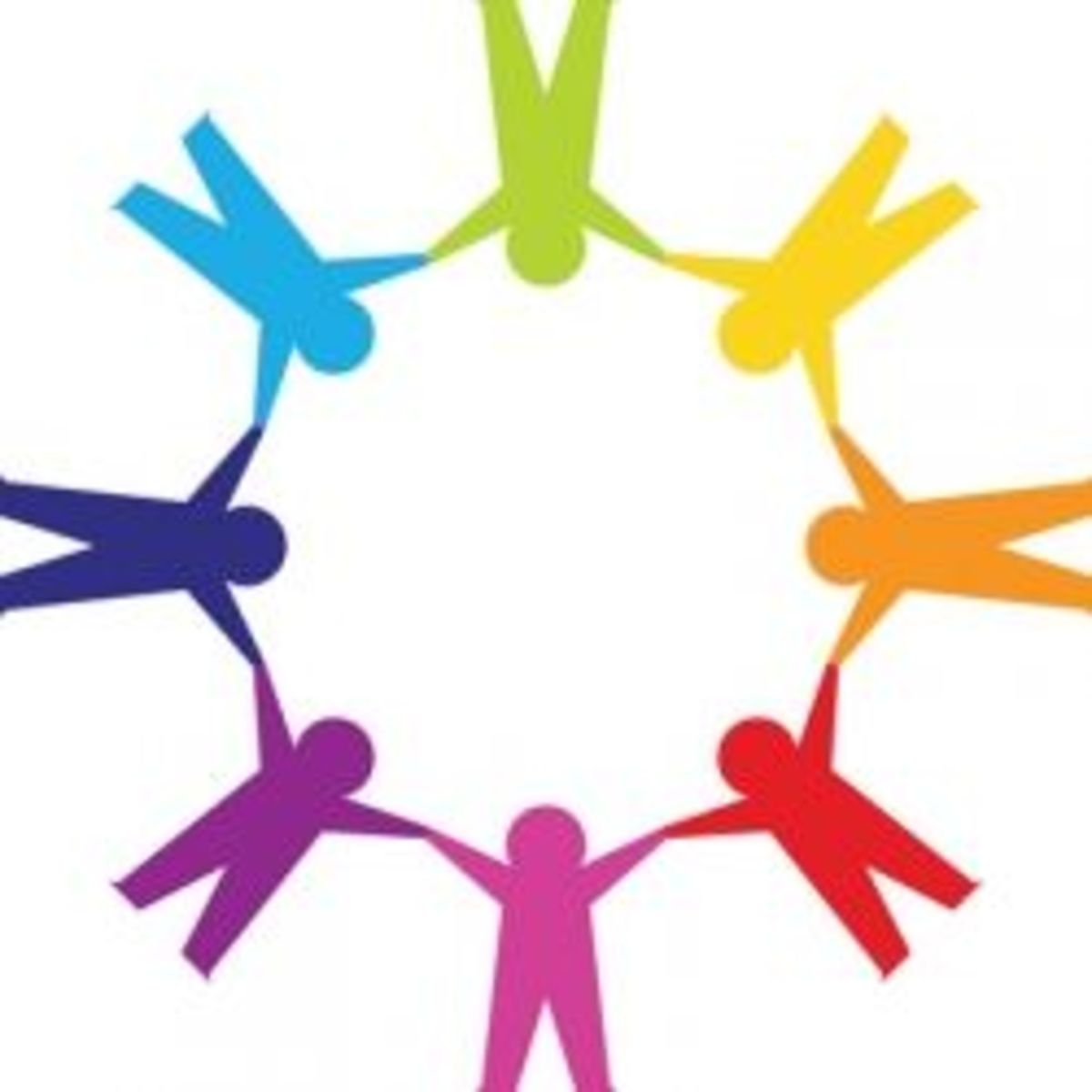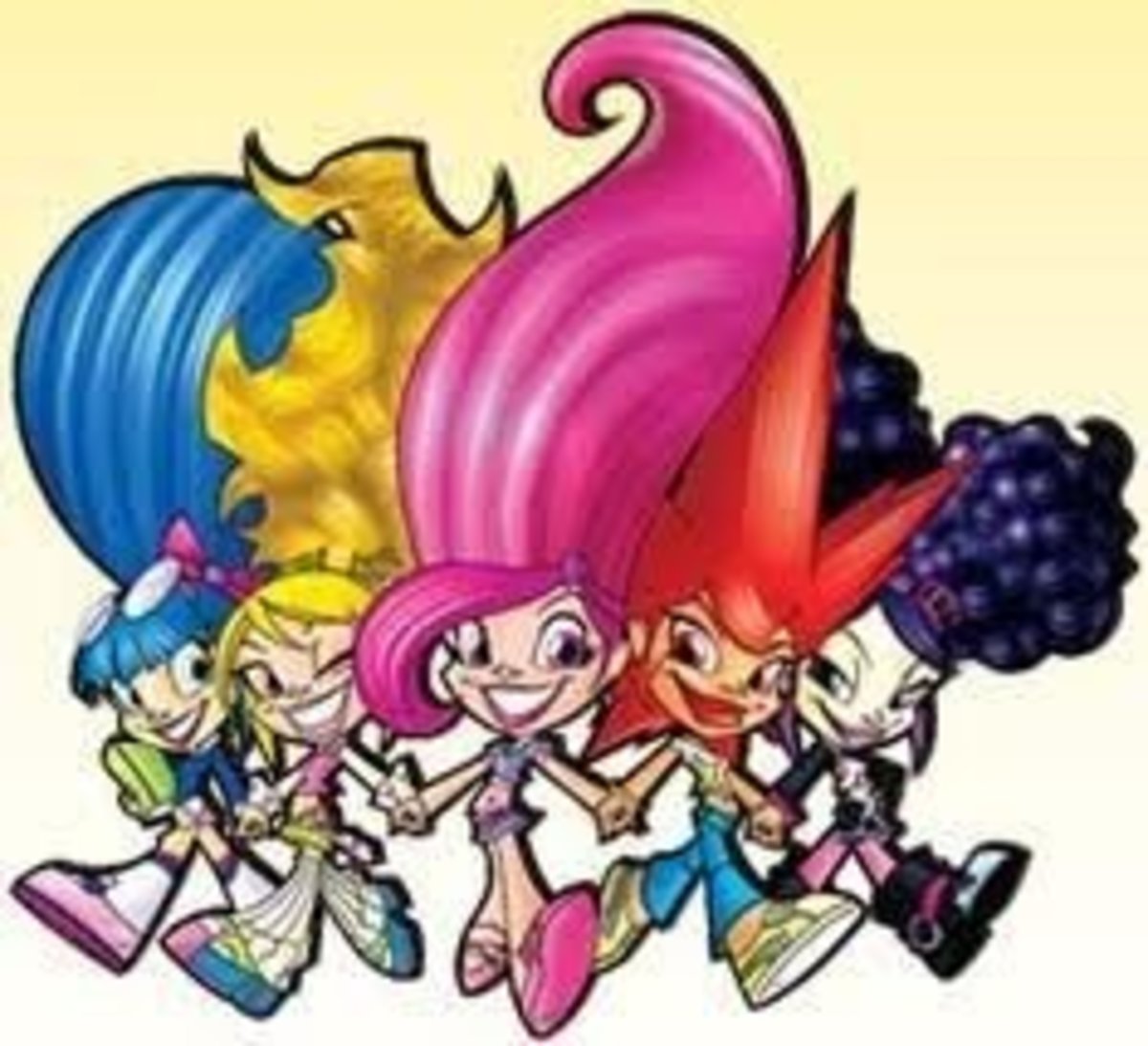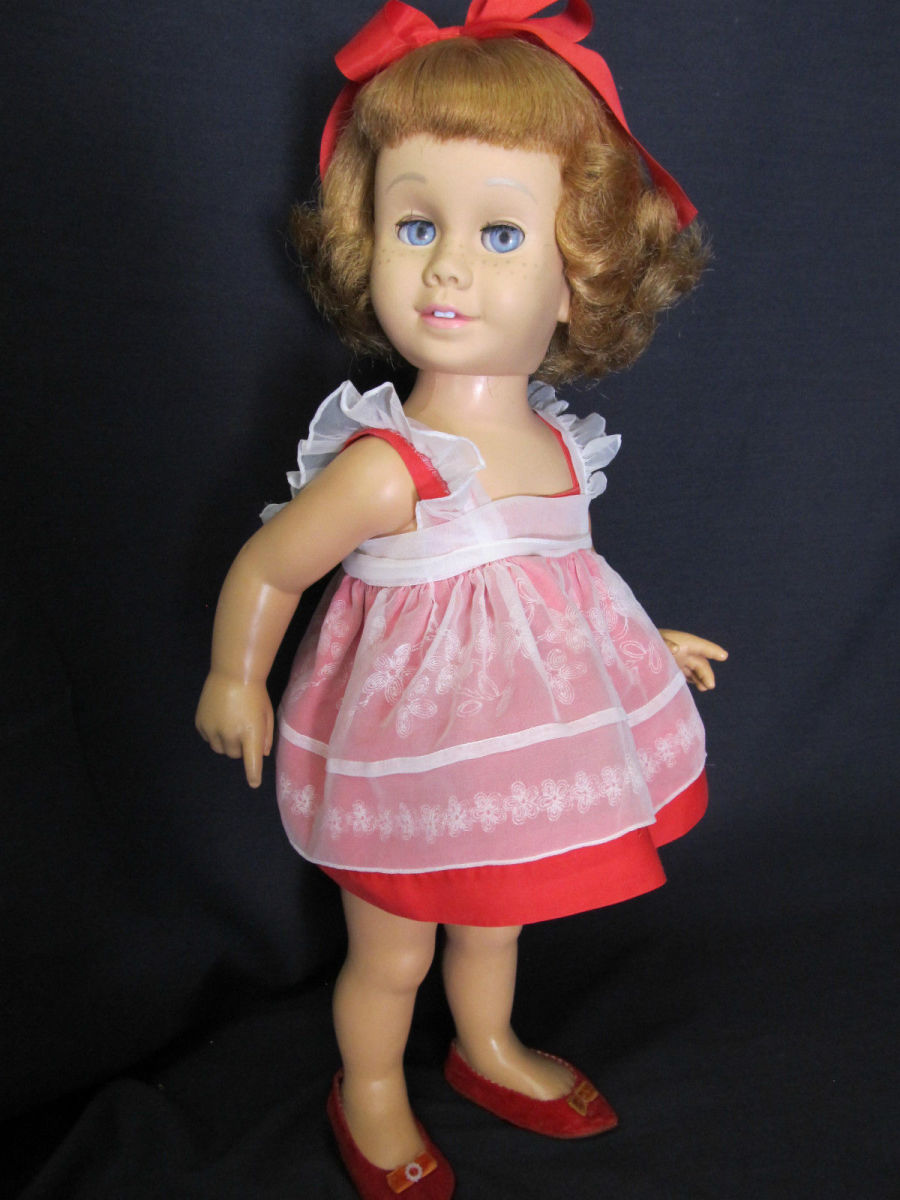Dolls to Celebrate African Heritage
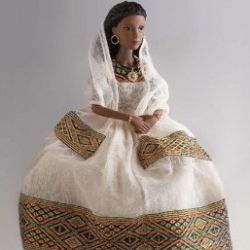
Celebrating Heritage
It's not necessarily enough that children have dolls that share their color or features. A little girl's dolls, and the worlds they represent, have to compete with other toys that are on the market: those that come into the home via schoolmate, catalog, or Saturday morning cartoon. Some of them are glitzy princesses; some have stories to captivate the imagination or say, "I can". Some girls are captivated by that glamorous "other" and not drawn to the doll that looks like the self in the mirror.
What is there to foster a black girl's sense of possibility -- and to satisfy her when she's at the princess age? I was inspired when I came across lovely Makeda on the EthiDolls website. I went on a search for other dolls that spoke to children's imaginations and sense of self.
The focus here is on heritage more so than on features. I found multiple representations of Kenya, Ethiopia, and Ghana. I found some representation of other countries. Some of the doll clothing is fair trade.
Image: Amazon
EthiDolls
EthiDolls... Listening to the pronunciation on these videos, I learned that it was "ethi" as in Ethiopia and not ethical (which had been my first thought). The creator is from Ethiopia, though the line has expanded from its origins. The dolls wear clothing made "in support of fair trade principles". The cloth is woven by artisans in Ethiopia. The first doll was Makeda, Queen of Sheba.
These reproductions are sixteen inches -- in other words, they tower above Barbie.
The dolls are designed as educational collectibles. They may be royalty, but they aren't the type who sit around waiting for a prince to come! They represent leaders from history. (The second is from Ghana.)
Each doll comes with a story and CD. You may want to preview the dolls in advance to see how they fit in with your values. Are you passivist or will you "fight for a cause"? How do you feel about the Bible?
Here's hoping there are more dolls and further stories told.
Visit EthiDolls
Its interesting to read about how these were actually created -- and meet some of the artisans who had a hand in the costuming.
- About the Weavers
Makeda's creator writes of traveling home to Ethiopia to commission weavers to create the outfit. She reports that they found the idea of creating finery for a doll to be a bit funny at first, but that they were proud of the final product. Here you c - Queen Mother Yaa Asantewa
The other Ethidoll is from Ghana. I believe that if you buy directly from the company, the book and CD are sold separately.
How Do You Feel About Princess Dolls?
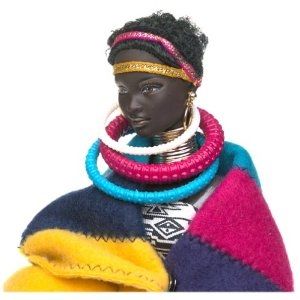
Parents often vow their little girls won't value physical beauty... or glitz. And then the little girl reaches the grand age of four, and wants Disney princesses, tiaras, and Barbies with Rapunzel-like hair. What's a person to do?
What do You do When Your Little Girl Wants a Princess Doll?
From Princesses of the World
Here is another doll for the princess-minded among us. This Princess of the World Barbie has an ebony skin tone and distinctive ethnic features.
One of the reviews of this doll is by a black woman who is determined her granddaughter will have what she didn't. Another is by the white father of a girl with African heritage. He has finally found a Barbie he likes!
Vannah... from the Seychelles Islands
Vannah, a 19-inch doll, represents a small island country off the coast of Africa. You can buy her with a storybook about her life... and with a poster that celebrates girls, whoever and wherever they may be. The posters mention God as being someone who loves the young girl just as she is. (It would not surprise me if there were religious references in the books as well.)
It's interesting how the lives of the girls in the stories -- and their doll representations -- intersect though they live in different parts of the world. Vannah becomes pen pals with a girl of privilege living in the American South: Marybelle.
There is another girl of African heritage in the line, but she represents a U.S. city: New York.
Hearts for Hearts Rahel - A Beautiful Doll for a Good Cause
Rahel is still a child. She doesn't have a lot of wealth, but she has ambition and smarts. Her mother is health extension worker, a job that called to her after she lost a baby herself. Rahel's mom helps prevent malaria and ensure that children are well fed. Rahel herself wants to become a doctor. She helps her mother and the clinic -- and actually sews stitches herself when she is on the road without her mom.
How do kids know all this about Rahel? They can read her online diary. Rahel had a number of online journal entries in 2010 and 2011. The website declares that there will be more stories in the future.
One thing I like about Hearts for Hearts (besides the good role modeling and storytelling): These are economical little dolls. You can bring one home for about $30 -- sometimes less. Another good thing? A portion of the purchase price goes to World Vision -- and to meet basic needs in the country portrayed!
Hearts for Hearts dolls are fourteen inches, which means they take a smaller clothes size than American Girl. Hearts for Hearts currently makes a school uniform for Rahel. A new line of basic Hearts to Hearst doll clothes is coming in June of 2012.
Why Does it Matter?
Fifty years after a "doll test" was used as evidence that "separate but equal" wasn't equal, a new study found a majority of Harlem preschoolers declaring that the black doll looked bad. There is evidence that toys reflect, if not create, an unhealthy sense of self. Whatever the cause, can they somehow be employed to foster a healthy sense of self?
- New Doll Test
From The Final Call.
Ghana Maker Faire
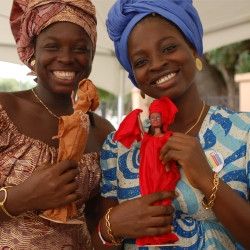
Image Credit
- Ghanaian Women with Barbie
Whiteafrican, Flickr Creative Commons.
Karito Kids Lulu
Lulu is from Kenya. Like so many nations, there is wealth as well as poverty. Lulu is from the more privileged class. She is an avid soccer play. Her stories, like of the other Karito Kids dolls, are mysteries.
The company partners with Plan. The neat thing is that, while the monetary contribution is small, children get a say in determining how it will be spent. Thus, one may be fostering the idea of giving. Of course this isn't automatic -- its something parents have to foster.
In addition to the original twenty-one inch cloth and vinyl doll which portrays Kenya, there is a "Travel Charmer" rag doll which depicts Lulu's travel to Madagascar.
More Kenyan Dolls
Kenya has got quite a bit of representation in doll-land. There is a Kenyan Barbie in the Barbies of the World line. There is also a Kenya doll line. Some moms remember having the original Kenya doll or a Kenya cousin. It's still possible to find them. And now, in 2013... Kenya's back! The new lines include fashion dolls as well as little girls, but all wear modern clothing.
As for the Kenyan Kelly, she's typically sold with two other international friends. You may find her on eBay, though, without her little buddies.
Remembering the Kenya Doll
Here are lots of memories from folks who had these toys in the 90's.
And here, too, are patterns. You can sew clothing with a bit of "Kenya inspiration" either for an original or another similar sized doll.
- Kenya Doll
From In the80s.com/. - Kenya Doll Clothes Patterns
Fits thirteen-inch dolls.
Gotz Zola
I just discovered this doll: a Gotz Limited Edition, no longer available through Pottery Barn Kidz... but here she is! She, too, represents Kenya.
Delilah is another representation of Kenya. She's a limited edition vinyl baby doll by Adora. She wears clothing you wouldn't normally expect to find on one so young.
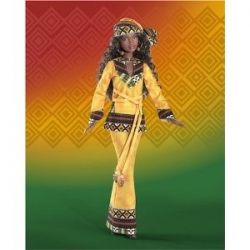
Not an African Holiday, but...
Kwanzaa isn't a true African holiday, but it's a day to celebrate heritage from this grand continent. It's an important one partly because many children don't know what nation(s) their ancestors came from. Thus, they have to celebrate the continent itself. (Going with the particular may be the ideal when it comes to representing culture, but its not always possible.)
I know two representations: Barbie and Keeya (a friend of her little sister, Kelly). I think the Barbie has distinctive features, though her eyes appear light in the photo. And Kelly... well, she's Kelly. Apparently there has been more than one edition.
Contemplating Kwanzaa
The main line has featured Nigeria, Kenya, Ghana, and Morocco. The Princess of the World line featured ancient Egypt and South Africa. Festivals of the World featured Kwanzaa, which is not a true African holiday, but has rightful significance since so many girls of African descent do not know the nations from which their ancestors heralded.
Kwanzaa isn't a true African holiday, but it's a day to celebrate heritage from this grand continent. It's an important one partly because many children don't know what nation(s) their ancestors came from. Thus, they have to celebrate the continent itself. (Going with the particular may be the ideal when it comes to representing culture, but its not always possible.)
I know of two representations: Barbie and Keeya (a friend of her little sister, Kelly). I think that the Barbie has distinctive features, though her eyes appear light in the photo. She has style! As for Kelly... well, she's Kelly, a collectible who displays superficial difference from one to the next.
Barbie of the World: Morocco - A Second Conceptualization
The main "Barbie of the World" line has featured Nigeria, Kenya, Ghana, and Morocco. The Princess of the World line featured ancient Egypt and South Africa.
Mattel has introduced a second Barbie of the World from Morocco. My non-expert eye suggests she's less realistic than the first -- the 2012 and 2013 dolls appear more stylized than realistic, whatever country they hail from. I will say, though, that the doll is exquisitely dressed.
Fair Trade Dolls and Doll Clothing
Here is doll clothing fashioned in these nations.
- East West Education
Here are a few fair trade doll fashions for 16-inch multiethnic dolls (ones with a toddler build, not a fashion doll build). Somalia and West Africa are both represented. - Dolls Like Me
There's one outfit from Botswana. It's for eighteen- to twenty-one-inch dolls.
Supporting Families in Zimbabwe
Women in Zimbabwe who have severely disabled children are supporting themselves through The Doll Project. You can buy a soft doll with an embroidered apron that reflects images from the geographic area.
- The Doll Project
Scroll down to find Batsirinai dolls.
African Inspired Doll Clothes
They may not be traditional, but these doll clothes have borrowed their flair.
- Barbie Clothes
By Donnilah. - Girls n Grace Doll Outfit
Here is a blue sheath dress and head wrap from Girls n Grace. It's another design that will fit eighteen-inch companion dolls.
Make an African Princess Dress - For an 18 Inch Doll
- Make it Yourself Monday: African Princess Dress
This pattern is from a blog about Springfield dolls. See Madison all dressed up -- and create the look yourself.
A Doll to Represent African Christian Heritage
Mesi is designed to represent African heritage from a Christian perspective. Like American Girl dolls, she's eighteen inches and comes with a book. The doll is beautiful. I haven't read the book. Again, it's something you'd probably want to preview to see if it's in keeping with your values.
- Girls n Grace Mesi
Doll and book.
Another Ethiopian Doll: Saba
Here is Saba, from the "Girls of Many Lands" series by American Girl. She is also Ethiopian and is designed to represent a twelve-year-old girl. At nine inches, she would be 54 inches in Barbie (1:6) scale -- on the petite side, yes, but I was just about that small myself at twelve!
She comes with a paperback book and (since she was intended as a display doll) a stand.
The series is no longer being made, and so some of the dolls have gotten a bit pricey. You may find a cheaper one, though, on eBay.






